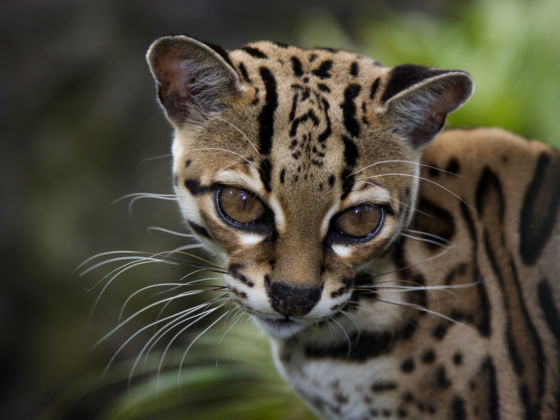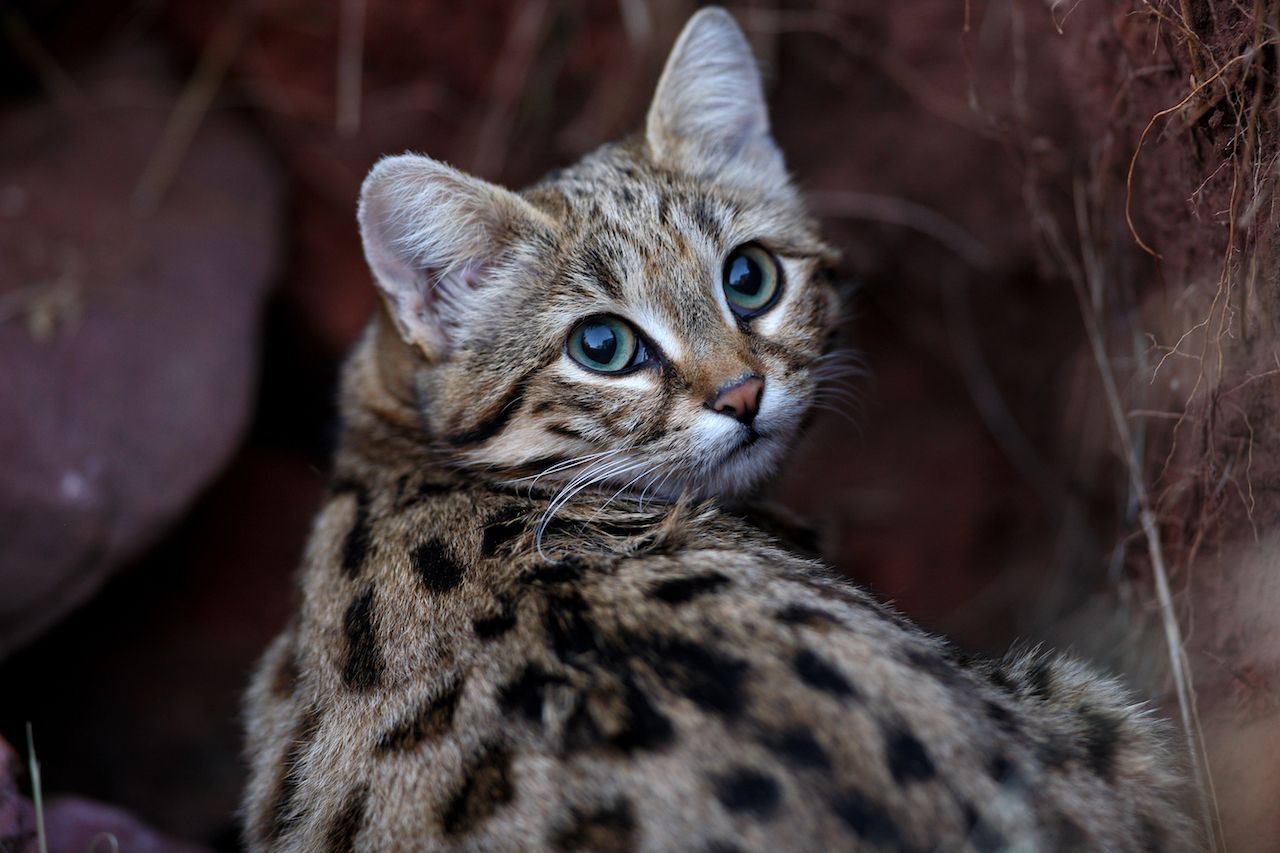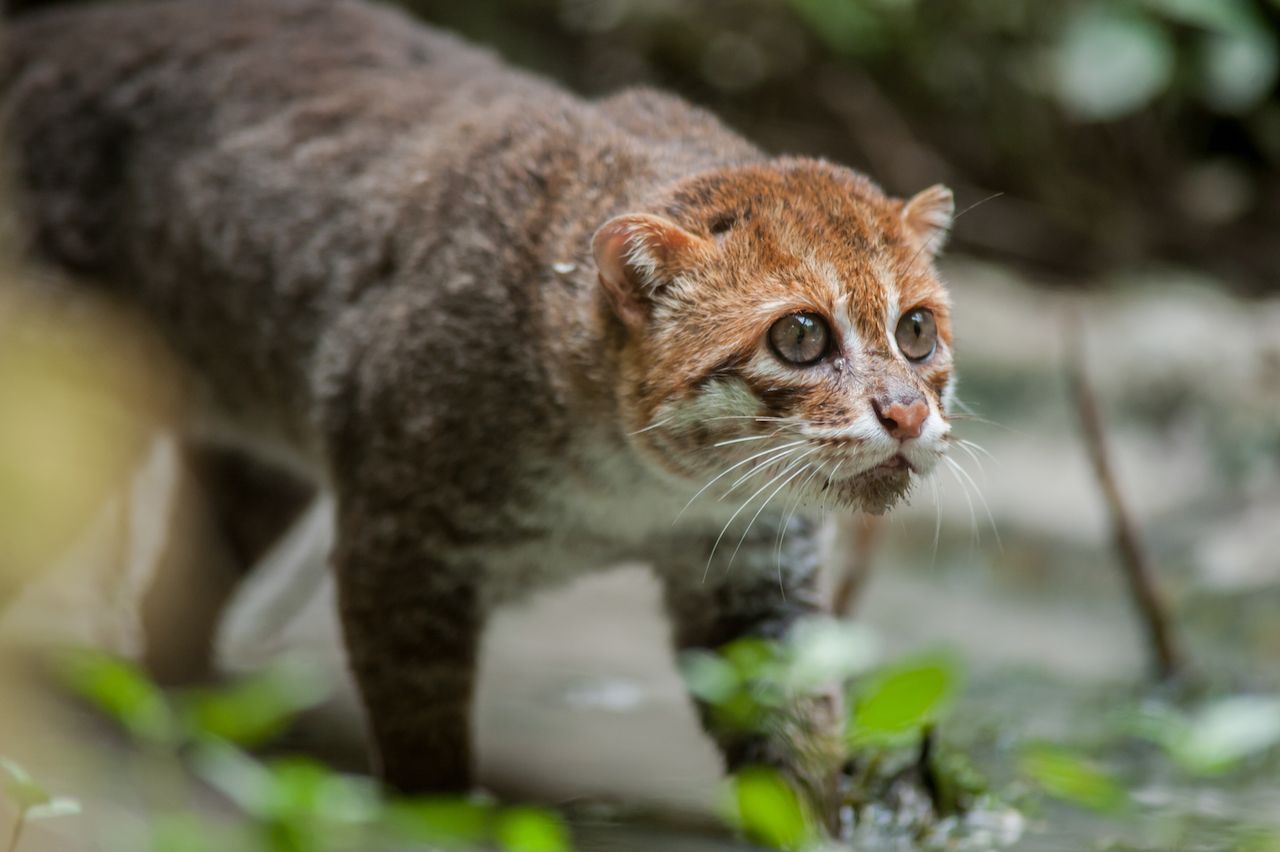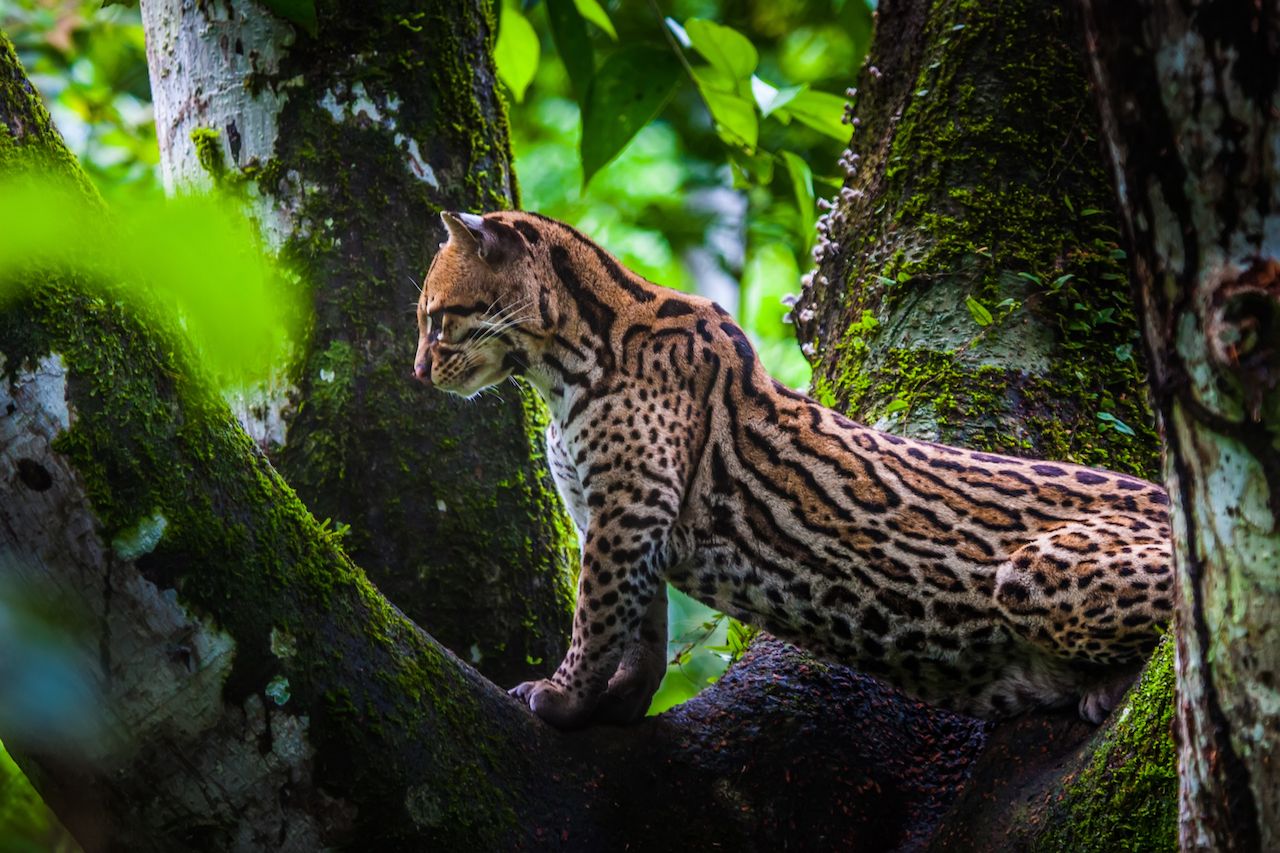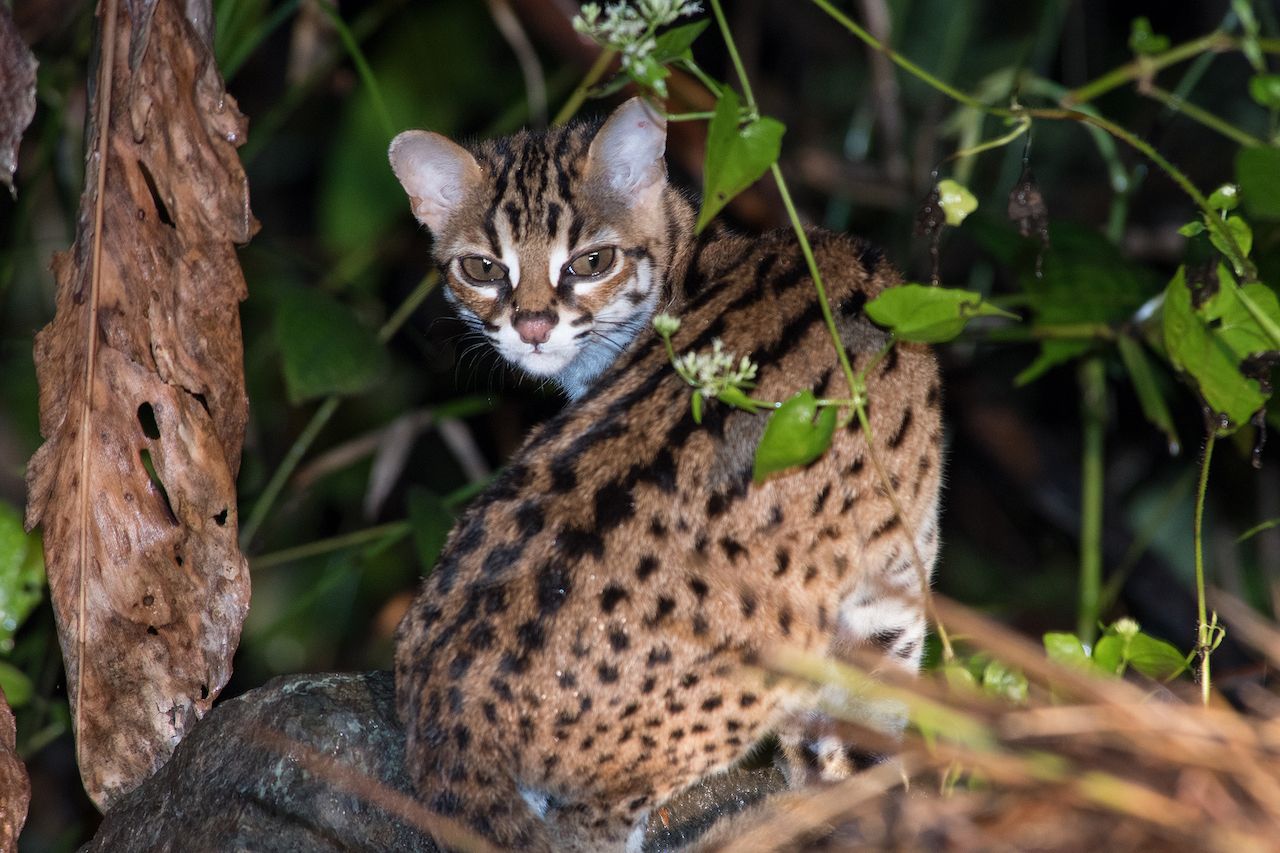Everybody knows about lions, tigers, and jaguars, but most of the wild felines out there are small cats. They may be little — often smaller than the domestic cat — but what the small wild cats may lack in stature they make up for with daring attitudes and good looks.
Like their big cousins, the small cats are threatened with habitat loss, poaching, and conflict with humans and livestock. But because they don’t have high profiles in the media, the small cats receive less than one percent of the total conservation funding available for wild cats. As a result, most of the small cats remain understudied and under-protected.
Here’s a look at nine of the world’s smallest cats and their conservation statuses according to the International Union for Conservation of Nature (IUCN) Red List of Threatened Species.
If you believe that they deserve more attention and protection, visit the Small Wild Cat Conservation Foundation website where you can learn about various conservation projects and contribute to small cat research.
